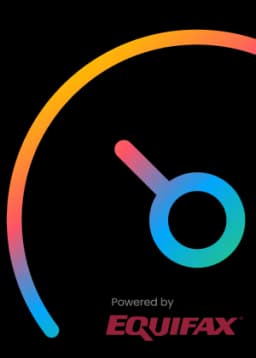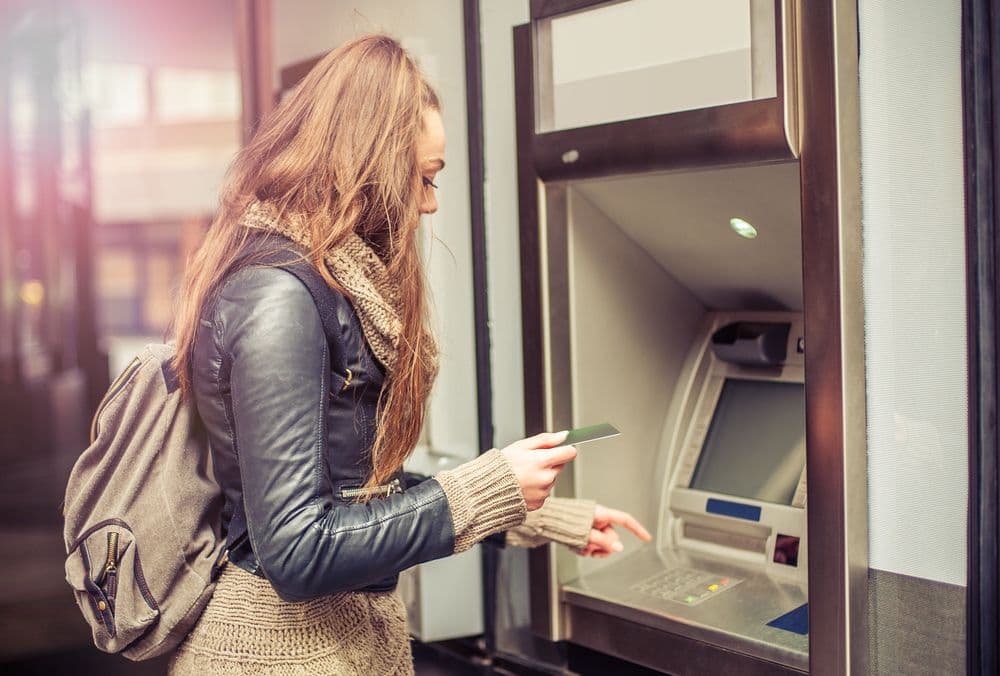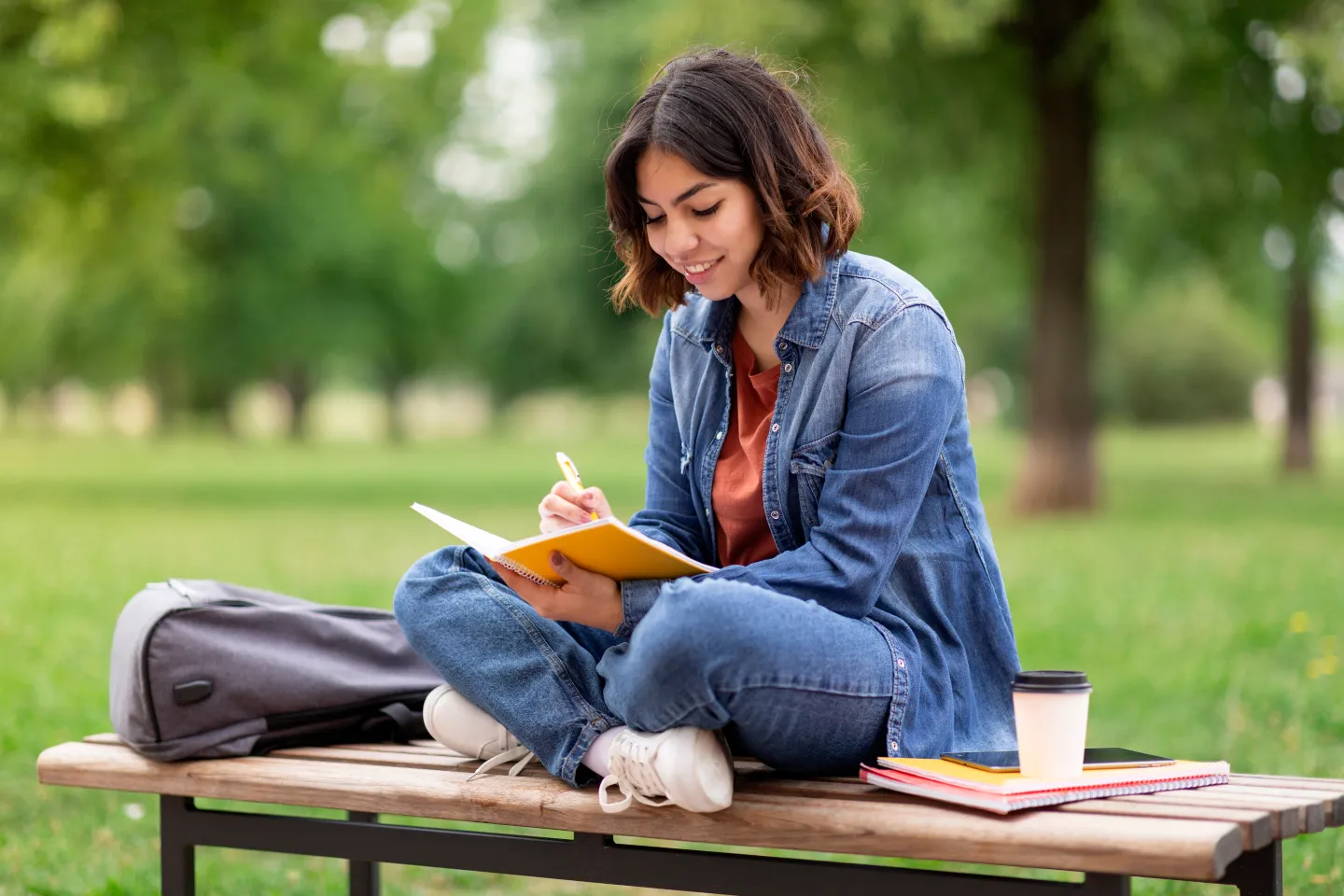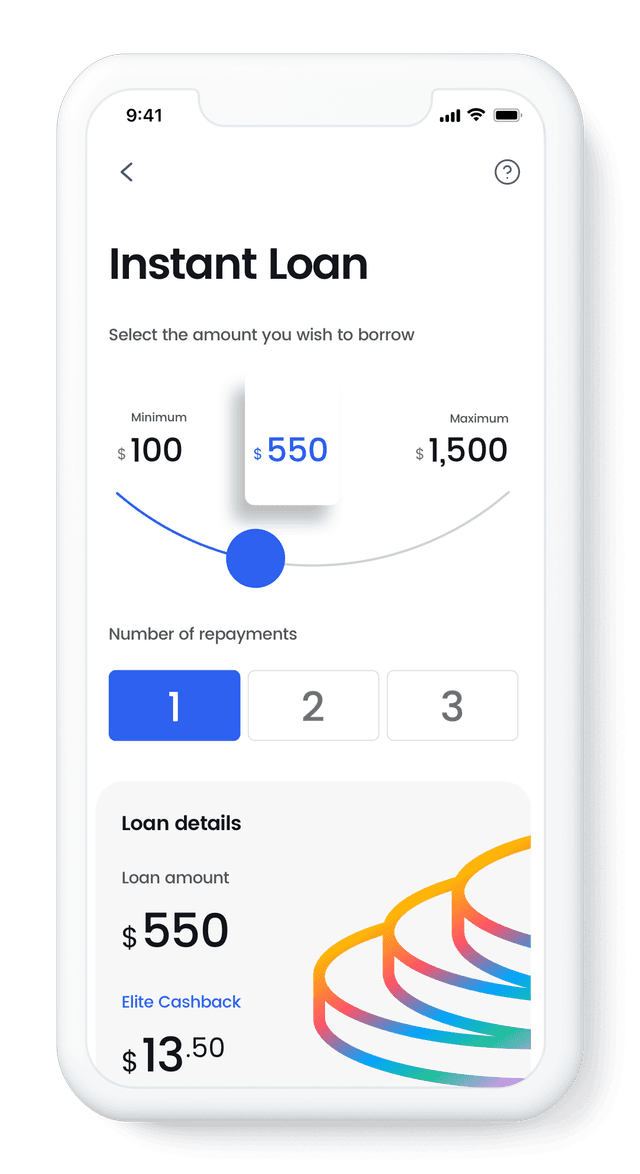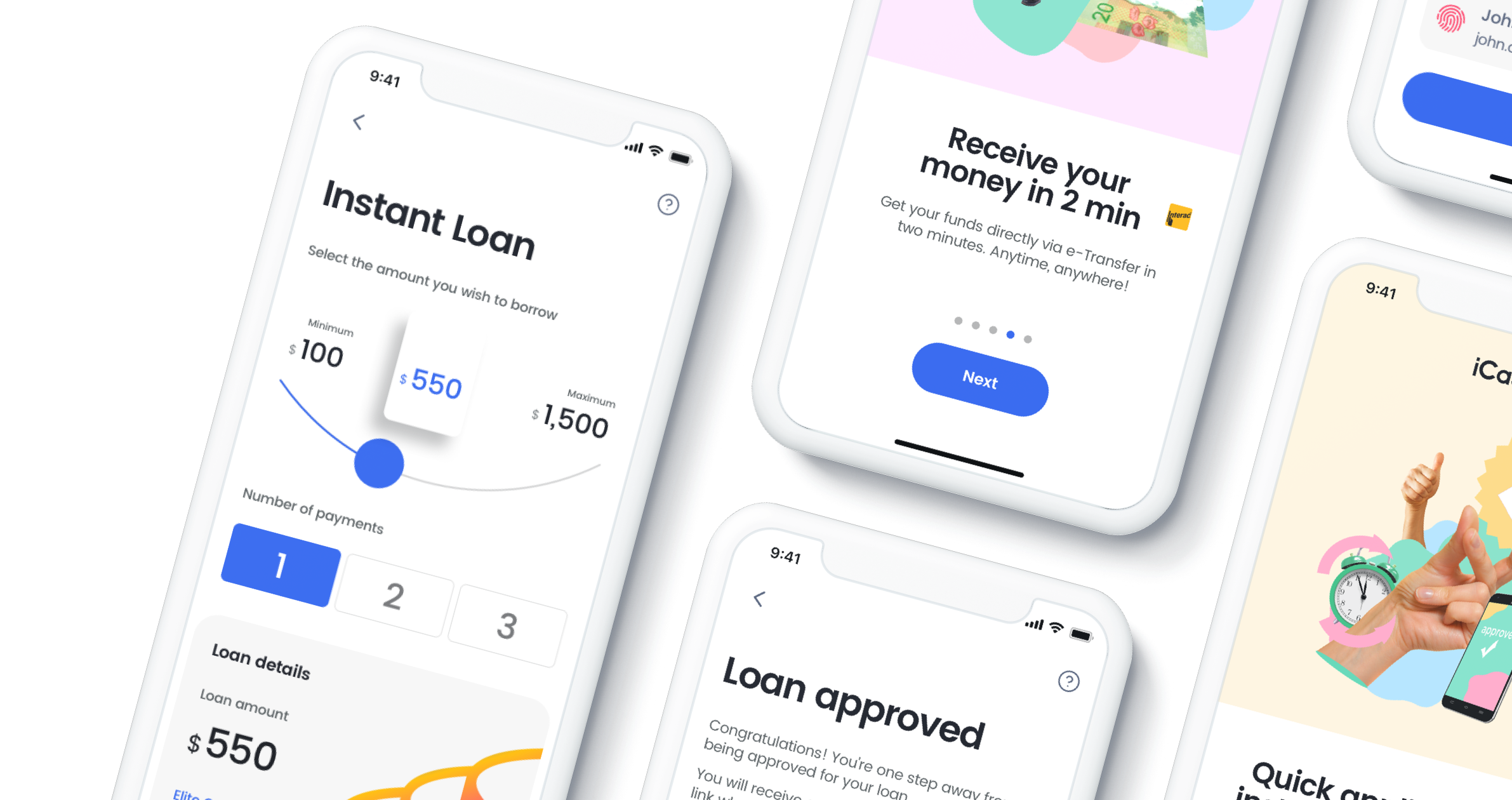For many Canadians, if a financial emergency comes up in which they need access to funds as quickly as possible, they may choose to overdraft their account. Essentially, this occurs when you spend more money than you have available in your bank account. This can happen if you write a check for more than your current balance, make a debit card purchase for an amount that exceeds your balance, or withdraw more cash from an ATM than you have in your account.
However, this can be a costly mistake for Canadians. When you exceed your account balance, you may incur fees and other charges, which can add up quickly. These fees can be especially damaging for Canadians who live paycheque to paycheque, making it important to understand how to avoid over-drafting and manage your finances responsibly. In this blog, we'll examine the reasons why you should avoid over-drafting at an ATM and explore some strategies for avoiding this financial pitfall.
What is Overdraft Protection?
The first and most obvious question you may be asking is “what exactly is overdraft protection?” This protection is a type of financial service that allows customers to access funds beyond whatever balance is in their checking accounts. This service can help protect customers from overspending, NSF fees, and other charges associated with having too little money in their accounts.
With overdraft protection, customers are able to cover unexpected expenses without having to worry about insufficient funds or bounced checks. It also provides an extra layer of security for those who have difficulty keeping track of their spending habits. It typically comes at a cost, and while it can be helpful in an emergency, overusing it can be detrimental to your financial well-being.
Why Are Fees Involved with Overdrafting?
Fees are involved because when a person overdrafts on their account, it means that they’ve spent more money than what they have in their account, causing the bank to extend a short-term loan to cover the difference. Sure, it can be convenient in some situations, but it also comes with a cost.
Banks charge fees as a way to compensate for the risk they take on by extending the additional funds, and for the administrative costs associated with processing transactions. The banks also see fees as a way to deter customers from continuing to use this feature in the future.
How Much Are the Overdraft Fees at ATMs?
The fees for major banks in Canada can vary and may change over time. Here is a general overview of the overdraft fees charged by some of the main banks in Canada:
TD Canada Trust: $35 per transaction
Scotiabank: $5 per day for up to 10 consecutive days
Royal Bank of Canada (RBC): $5 per day for up to 10 consecutive days
Bank of Montreal (BMO): $5 per day for up to 10 consecutive days
CIBC: $6 per day for up to 10 consecutive days
Please note that these fees are subject to change and may vary based on the type of account you have, the amount of the overdraft, and other factors. It's always a good idea to check with your bank directly for the most up-to-date information on its fees.
Can You Overdraft at an ATM If You Have No Money?
This is a question that many people ask when they’re trying to access cash from their bank account. If you have no balance in your account, or even a negative balance, then the answer is generally no, as most banks will not allow customers to withdraw more than the funds available in their account.
However, there may be certain situations where it is possible for a customer to make an ATM withdrawal even if there are insufficient funds in the account. Ultimately, you should check with your bank before attempting any such transactions so that you know what your options are and can avoid any potential fees or penalties associated.
Can You Withdraw Money If You Have a Negative Balance?
Unfortunately, this is another question with no direct “yes or no” answer because it depends on several factors. This includes the type of account you have and the policies of your bank or financial institution. Generally speaking, it is not possible to withdraw money from an account with a negative balance unless you have ATM overdraft protection. However, there may be certain exceptions depending on your situation.
The Difference Between NSF Fees and Overdraft Fees
When it comes to banking fees, the terms NSF (Non-Sufficient Funds) and overdraft fees are often used interchangeably, but there is a difference between the two that should be noted when considering which account to open at your financial institution.
NSF fees are charged by banks when you don’t have enough money in your account to cover a check or other payment. The fee for an NSF transaction can range anywhere from $20 - $40 depending on your bank and what type of transaction was declined due to insufficient funds.
On the other hand, overdraft fees occur when you spend more than the balance in your checking account without prior authorization from your bank, leading the bank to issue you what’s considered a small loan.
Why You Should Avoid Overdrafting at an ATM
When you’re in a pinch, you may feel like taking out money you don’t actually have is a good idea. However, overdrafting at an ATM can have devastating consequences for your finances and should be avoided whenever possible.
First, if you overdraft at an ATM, you will incur hefty fees from the bank. These fees can add up very quickly and may end up costing more than you expected. Furthermore, overspending can lead to a decrease in your credit score, making it harder for you to take out loans or get approved for new lines of credit in the future.
Additionally, overdrafting at an ATM can cause your account to enter a cycle of debt. Your bank might waive the fee once or twice as a courtesy, but any additional times could result in an even higher cost and possibly late payment penalties. This can lead to even more financial troubles down the road. To remain on top of your finances and protect yourself from unexpected costs, be sure to check your balance prior to using an ATM so that you don’t risk over-drafting.
Alternatives to Overdrafting in Canada
Overdrafting can be a costly and stressful experience. Fortunately, there are alternatives in Canada that can provide individuals with much-needed financial assistance without the high costs associated with traditional overdrafts.
For example, prepaid cards work similarly to debit cards but come with budgeting features that let users set aside a certain amount of money each month, allowing them better control over their spending.
Another alternative is getting an instant loan from iCash. As an online lender offering loans up to $1,500 at competitive rates (and fees that are less than what banks charge for overdrafts), you can get fast approvals and easy repayment options with us!

